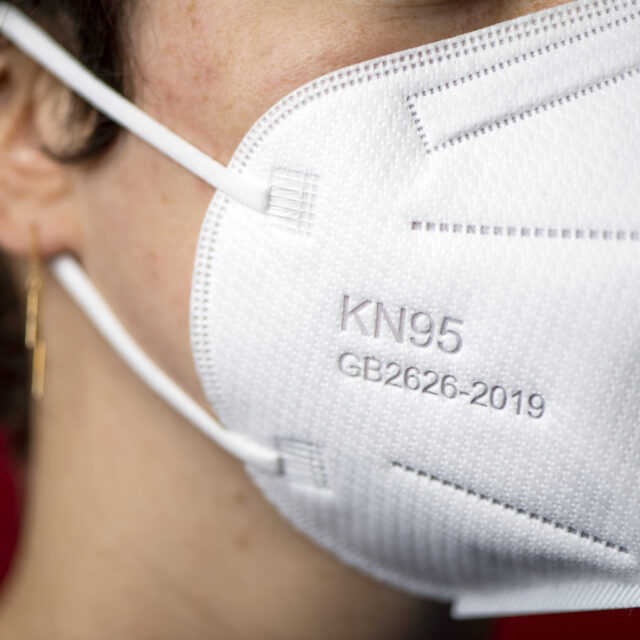In the face of the highly infectious omicron variant, the U.S. Centers for Disease Control and Prevention updated its mask guidance for the general public this month. The new recommendations emphasize that properly fitted N95 respirators and the similar KN95s are most effective at protecting yourself and others from SARS-CoV-2, the coronavirus that causes COVID-19. Now, demand for these masks has soared, and fake versions are popping up for sale—particularly online. Counterfeit N95 masks are not a new problem. Over the course of the pandemic, U.S. Customs and Border Protection officers have seized millions of counterfeit masks.
The problem with counterfeit masks is that they have not been certified for meeting certain standards for how well they protect a wearer and those around them, explains Taskin Padir, an associate professor of electrical and computer engineering at Northeastern. So wearers have no way of knowing how protected they actually are. Certified masks have undergone a specific set of tests by specialized laboratories to ensure that they will be safe. (Early in the pandemic, Padir mobilized his research team to develop a robotic technology to integrate these safety tests more expeditiously into the manufacturing process.)




